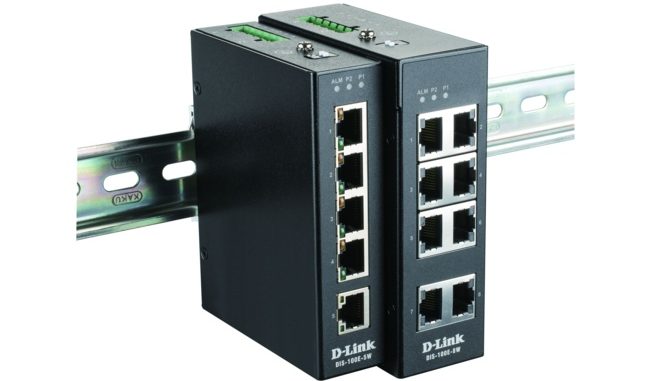
As the core device of LAN data forwarding, the performance and function of the switch determine the manageability and data forwarding performance of the LAN. When selecting a switch, it should be considered from the following aspects:
Number of ports
The number of physical ports supported by the switch determines the number of terminals or secondary devices that the switch accesses. It needs to be selected according to actual needs. Of course, subsequent network expansion needs to be considered. The access port of the switch is used to connect to the internal network terminal, and the uplink port is used to connect to the upper-level device.
Port parameters
In the switch selection, in addition to considering whether the number of ports is met, you need to consider whether the port parameter type can meet the networking requirements. Port parameters need to be considered: port rate (100 Mbps, Gigabit, 10 Gigabit) and port type (RJ45, SFP Optical Port, PoE Power Supply Network Port, etc.).
Supported Features
The capacity of the switch is mainly reflected in the MAC address table depth of the switch. At the same time, for the Layer 3 switch, it is also necessary to pay attention to the number of host routing entries. For example, when selecting a Layer 3 switch, the number of all access terminals of the Layer 3 switch is smaller than the number of host routing entries of the Layer 3 switch.
Network scale and switch application level
Considering the scale and level of the switch application network, it is mainly divided into small and medium-sized networks and large and medium-sized networks. The recommendations are as follows:
| Small and medium network | Large and medium network | |
| Core layer | Ordinary three-layer network management switch | 10 Gigabit, stackable three-layer network management switch |
| Convergence layer | Layer 2 network management switch | Ordinary three-layer network management switch |
| Access Layer | Basic switch or network management switch | Network management switch or basic switch |
Function support
Divided VLAN to achieve belong to different VLAN port can not exchange visits; static routing to achieve different network segments VLAN can exchange visits; DHCP listener prevents other DHCP access server impact on the local area network. The above functions are common functions of large and medium-sized LAN.
Security function
For example, access control, 802.1X authentication, loopback detection, quaternion binding, and IGMP Snooping.
TP-LINK has a very rich line of switches, from basic configuration without configuration to feature-rich Layer 3 switches, from 5 ports to 48 ports, from 100M Ethernet ports to 10 Gigabit optical ports or PoE power ports. Various models with a wide range of specifications can meet the needs of small / medium / large-scale network scale construction.
Original Article Source from https://www.tp-link.com.cn/